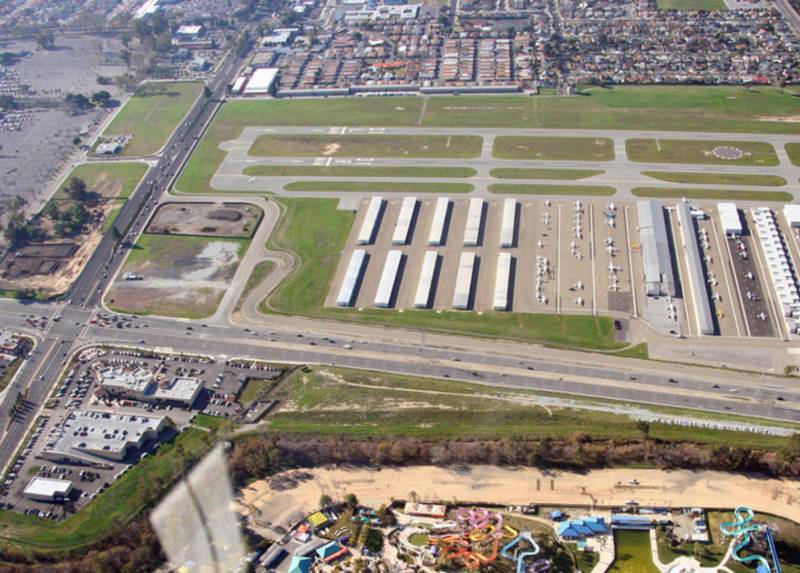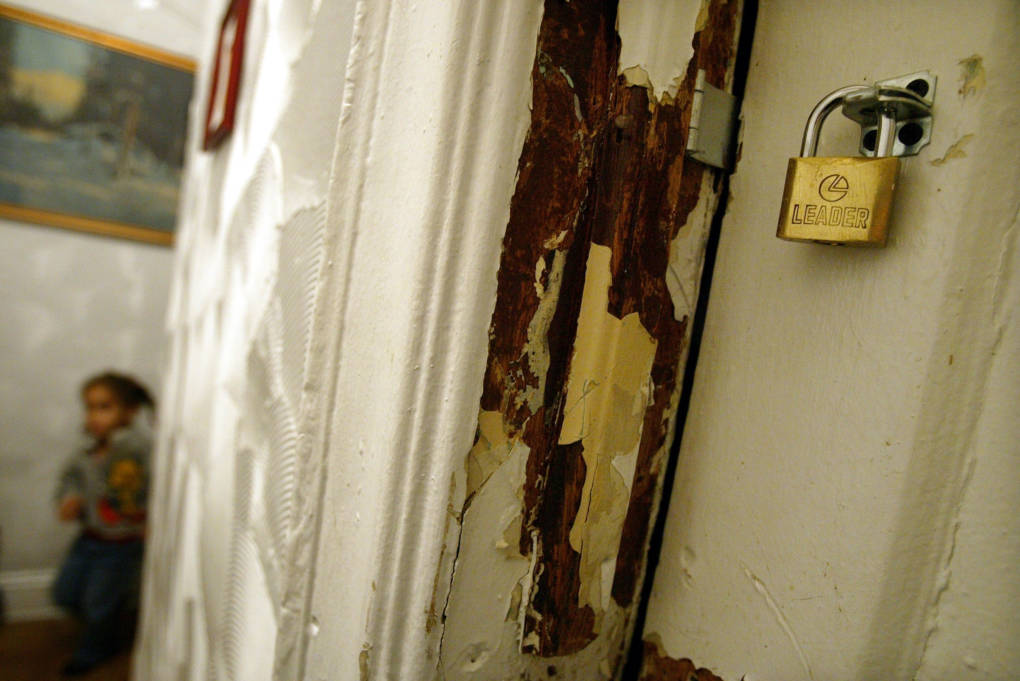“This is a public health issue, it's an environmental justice issue and it's an equity issue,” County Supervisor Cindy Chavez said.
“We know this is damaging children's developing brains,” she said. “What this very thorough study proves is that we literally have a crisis on our hands.”
Many of the small planes that fly in and out of the airport have piston engines that still run on leaded fuel, even though leaded gas for cars was banned decades ago. Lead from aircraft exhaust and unburned fuel can filter from the air and settle on houses and public surfaces, putting residents at risk of lead poisoning — especially those living downwind within a half-mile of the facility.
“So, in the case of airborne lead, children will [inhale] some, but it will also settle out onto the windowsills, onto the floors of their home, onto the tabletops and they will ingest it,” said Dr. Bruce Lanphear, a pediatric epidemiologist whose work is referenced multiple times in the study.
Lanphear, a professor at Simon Fraser University, emphasized that lead is a neurotoxin that affects developing brains and nervous systems. For children, he said, there is no safe level of consumption. The younger the child, the more harmful it is to ingest, and even small amounts of lead exposure add up over time and have severe long-lasting impacts, increasing the risk of developmental delays and other negative health outcomes.
He said toddlers were most at risk of higher blood lead levels because they discover the world through their mouth.
Lanphear said the study’s results all pointed to the same conclusion: “The airport endangers the lives of people who live around the airport, but especially children.”
Sammy Zahran, a professor of epidemiology and economics at Colorado State University, and the study's lead author, said the evidence provides “compelling reason to reduce or eliminate aviation lead emissions to safeguard the welfare and life chances of at-risk children.”











